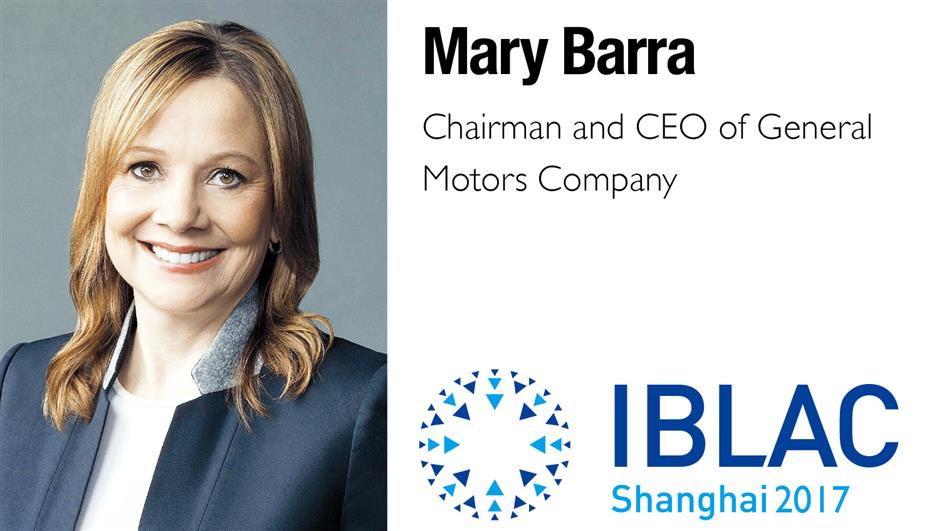Making transportation cleaner and smarter

RAPIDLY rising energy consumption and emissions have become the unfortunate by-products of the economic growth in many megacities. The Shanghai government’s goal is to have renewable energy account for 20 percent of its total one-time energy supply by 2040. We believe it can get there despite a still-growing population and thriving manufacturing.
General Motors Company made a bold commitment last year to generate or source all electrical power for our wholly owned operations worldwide with 100 percent renewable energy by 2050. SAIC-GM’s state-of-the-art Cadillac assembly plant in Shanghai is already generating 6 megawatts of solar power, with a total of 10 megawatts planned.
Another by-product of megacities’ development is a huge amount of waste generated by households and industry. Shanghai produces more than 19,000 tons of household waste every day. And that does not even factor in the manufacturing sector.
GM is showing the way for manufacturing by pursuing the goal of making our sites around the world landfill-free and becoming a zero-waste company. Eleven of our facilities in China have achieved landfill-free status. They are recycling, reusing or converting to energy all waste from their daily operations.
We are adopting the same approach with our products. GM expects to achieve a 28 percent reduction in average carbon dioxide emissions from our China vehicle fleet between 2016 and 2020. A key is the launch of more than 10 new energy vehicles during that time. These are cutting-edge products that are meeting our customers’ needs and matching their lifestyles while making no compromises in safety and performance.
Transportation is another key area where there are tremendous opportunities for Shanghai to take the lead among global cities in improving efficiency and reducing emissions.
According to research compiled by Dutch company TomTom, Shanghai was the 24th among the world’s 146 most congested cities in 2015. Trips that should have taken an hour took 21 minutes longer on average during heavy traffic. Shanghai has also become one of the cities with the longest periods of traffic congestion.
The adoption of an intelligent connected transportation system promises a one-for-all solution for making transportation safer, cleaner and more accessible. Research has found that improving traffic management can reduce carbon dioxide emissions from motor vehicles by as much as 30 percent.
An exciting area that GM and many other companies are exploring, shared autonomous vehicles, could further reduce congestion by resolving the imbalance between infrastructure and the number of vehicles using it. Computer simulations have concluded that a system of shared autonomous taxis alone could provide a 10-fold reduction in the number of cars. As an added benefit, autonomous vehicles could drastically reduce the estimated 94 percent of vehicle crashes that are the result of human error.
In Shanghai, the GM China Advanced Technical Center is working with a local infrastructure service provider to test communication technology with traffic lights, which could improve traffic flow and relieve congestion.
GM demonstrated the possibility of vehicle sharing in Shanghai through a two-year pilot program with Shanghai Jiao Tong University featuring a fleet of Chevrolet EN-V 2.0 electric concept vehicles. Students and educators logged almost 90,000 kilometers of shared journeys, showing its popularity.
















